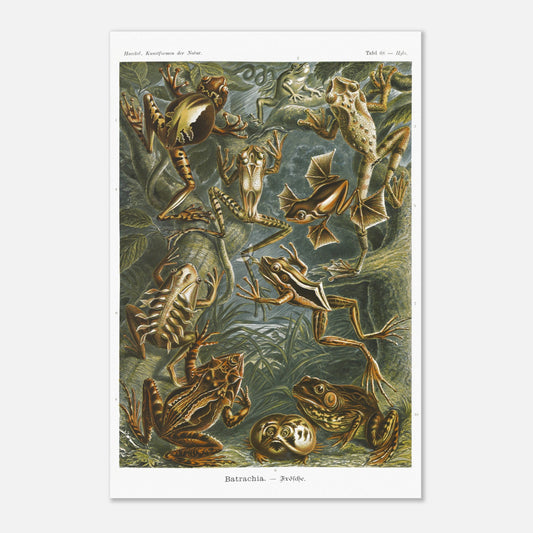Frogs - Detailed nature illustration - Ernst Haeckel, Kunstformen der Natur
Frogs - Detailed nature illustration - Ernst Haeckel, Kunstformen der Natur
Couldn't load pickup availability
Reproduction engraving of: Frogs
Original title Batrachia - Frösche
Hyla Poster - Vertebrates of the class Amphibia, order Anura (Batrachia or Anura)
Illustration from the book Kunstformen der Natur, which is a collection of artistic lithographs of natural sciences published by the German biologist Ernst Haeckel between 1899 and 1904.
This naturalistic illustration is part of an overall style inspired by Ernst Haeckel, which greatly influenced the emerging Art Nouveau movement at the beginning of the 20th century. This work, illustrating the impressive beauty and great diversity of the biological world, was complemented by a certain amount of scientific information, some excerpts of which are reproduced below.
This information is over 120 years old and some of it may be outdated!
Scientific classification:
Vertebrate Phylum (Vertebrata) Main class Gnathostomes (Gnathostoma) Class of Amphibians (Amphibia) Subclass of scaly amphibians (Lissamphibia) Legion of Frogs (Batrachia) or Tailless Amphibians (Anura, Ecaudata) Order of Ground Frogs (Ranacea) and Tree Frogs (Hylacea)
Scientific notice (extract) accompanying the poster print of Batrachia - Frogs :
The frog legion is generally considered to be the modern group of tailless amphibians (Anura), as opposed to the ancient tailed amphibians (salamanders and relatives, Urodela); the latter having reduced their tails and further developed their two pairs of limbs. In true frogs, in particular, the hind limbs are primarily developed and have become powerful jumping organs. The organism of frogs, although more advanced compared to other amphibians, is nevertheless at a medium level of development among vertebrates. All amphibians are middle-ranking vertebrates; although they are much more developed than the fish from which they descend, they are inferior to their descendants, the reptiles. In the Carboniferous period, amphibians marked the appearance for the first time of terrestrial vertebrate organisms, with four five-toed limbs (Pentadactylia or Tetrapoda); The older vertebrates of the Devonian period were still mainly aquatic fish with polypterous fins (Pinnata). The ancient tailed amphibians, still alive today such as newts (Perennibranchia), retain gills throughout their lives in addition to lungs; they can alternate between breathing through gills in water and through lungs on land. Frogs still repeat this ancestral development today in their individual embryonic development; according to the biogenetic principle, their ontogenesis (individual development) appears as a condensed recapitulation of their phylogenetic history (evolution). From the eggs laid by most species in spring, commonly called "eggs," emerge the tailed tadpoles, which initially have no limbs and swim actively thanks to their lanceolate, transparent tails. They do not yet have a tongue and breathe first through external gills, later through internal gills. The entire body structure of tadpoles still resembles that of fish, not that of the adult frogs they become in just a few weeks. The processes of this metamorphosis are extremely informative and provide irrefutable evidence for the theory of evolution based on biogenetics. Among warm-zone amphibians, many species have shortened or lost this ancestral embryonic development (palingenetic) by adapting to specific living conditions (coenogenetic). This adaptation is often accompanied by unusual forms of parental care, sometimes involving the mother, sometimes the father, or even both parents. Some frogs (especially South American species) carry their young on their backs for a time, sometimes free (Fig. 6), sometimes hidden in a pouch or bag (Fig. 1).
Species present on the naturalist board of Frogs - Hyla :
- Notodelphys ovifera
- Hyla meridionalis
- Hyla tuberculosa
- Amphignathodon güntheri
- Rhacophorus pardalis
- Hylodes lineatus
- Limnodytes erythraeus
- Ceratobatrachus gütheri
- Breviceps mossambicus
- Rana pipiens
About this print
About this print
The layout and composition of this reproduction have been the subject of our greatest attention.
- Respect for the format of the original work: in order to faithfully transcribe the artist's intention, the work is not cropped/re-cut except in extreme cases (obvious imperfection, geometry problem, etc.) in which case the cropping will be as light as possible.
- The presence of white margins is sometimes necessary in order to present the work in a balanced manner.
- Each size offered has been specifically composed, therefore, the size of the white margins may vary from one print size to another. Remember to check this detail carefully!
- Print only, frame not included!
Features
Features
- Premium 200gsm matte white paper, durable and strong.
- Natural, smooth uncoated finish, silky to the touch
- FSC certified paper or equivalent certifications depending on regional availability.
- Each print is shipped in sturdy packaging, ensuring safe transport.
- Each print is printed and shipped on demand. No minimum order quantity is required.
Share !
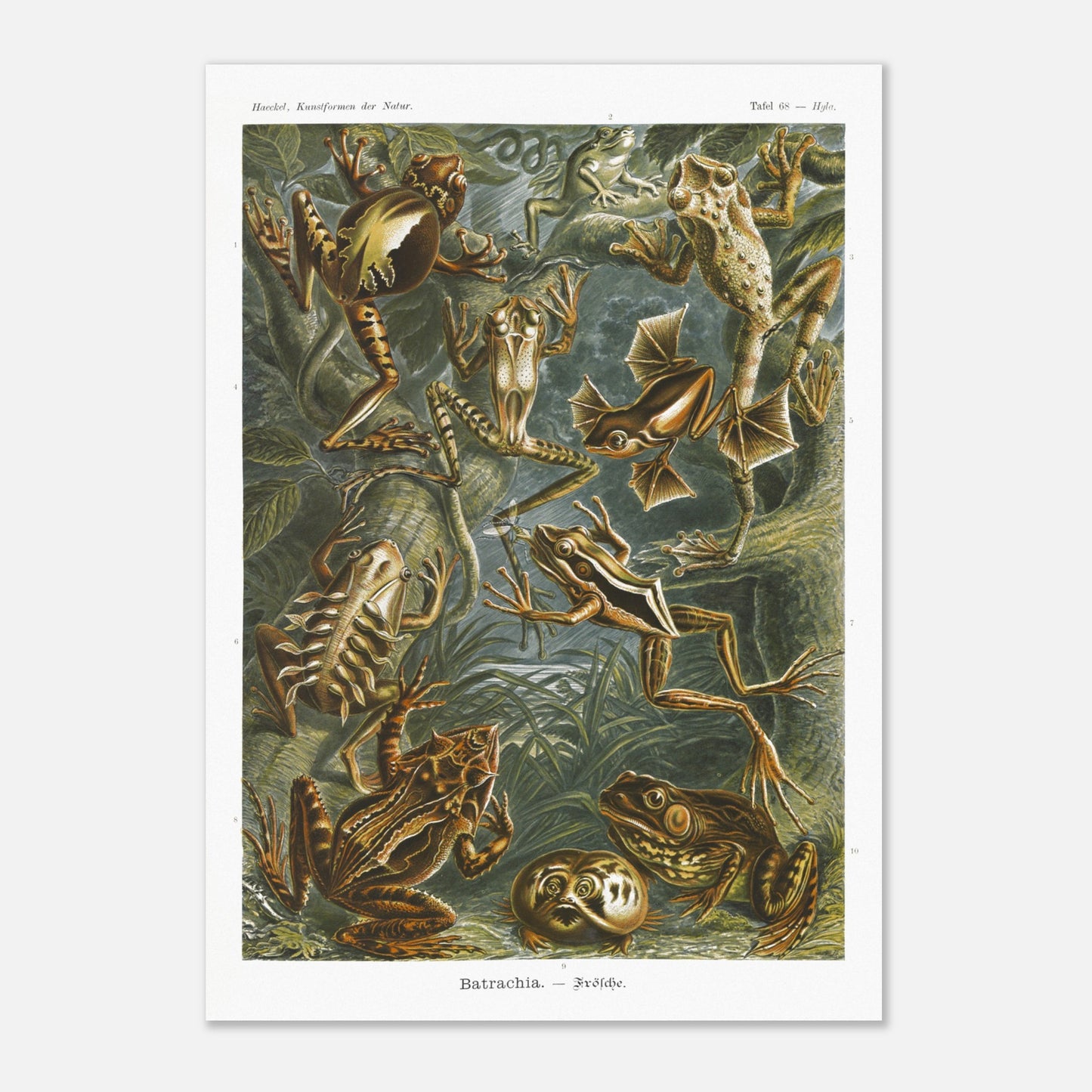
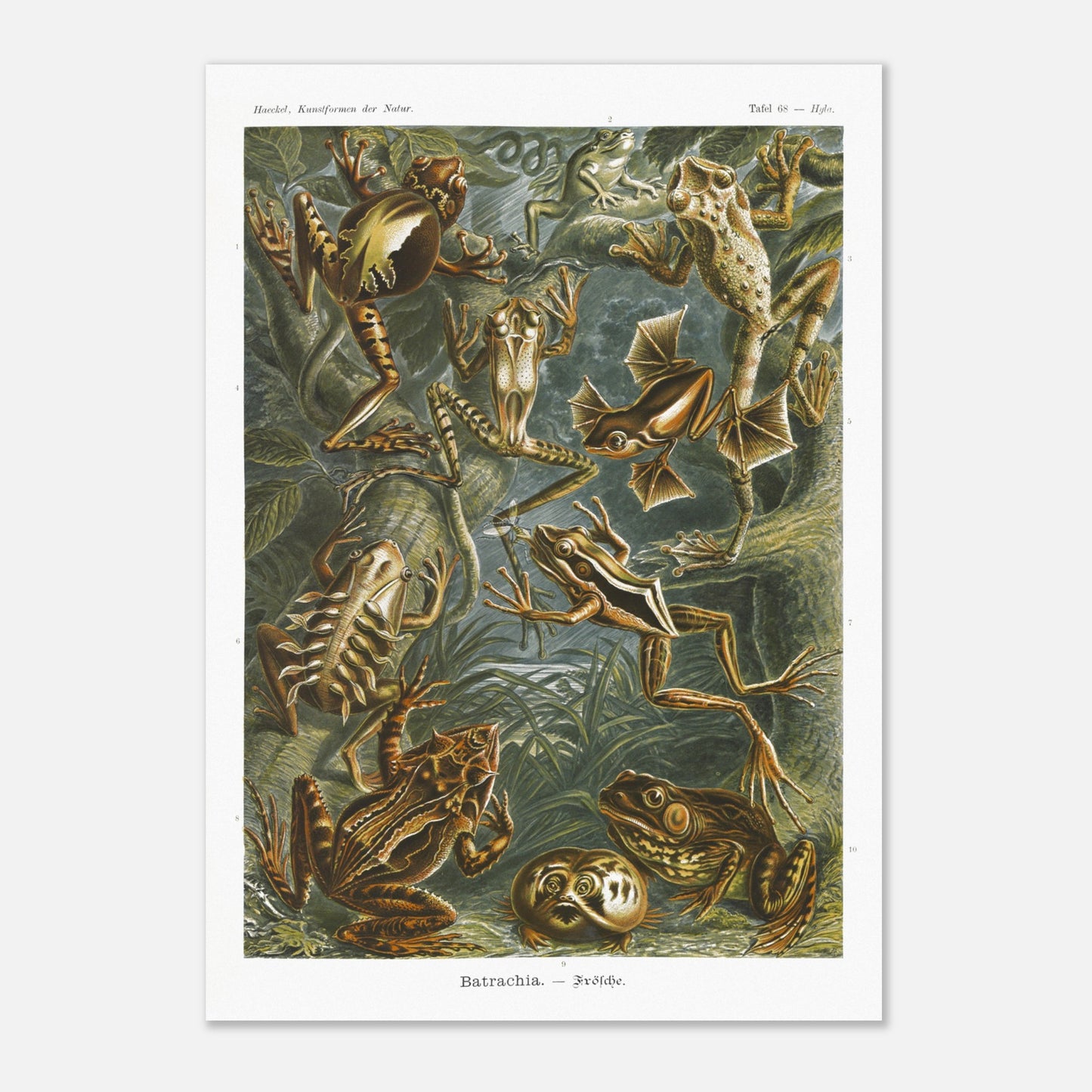
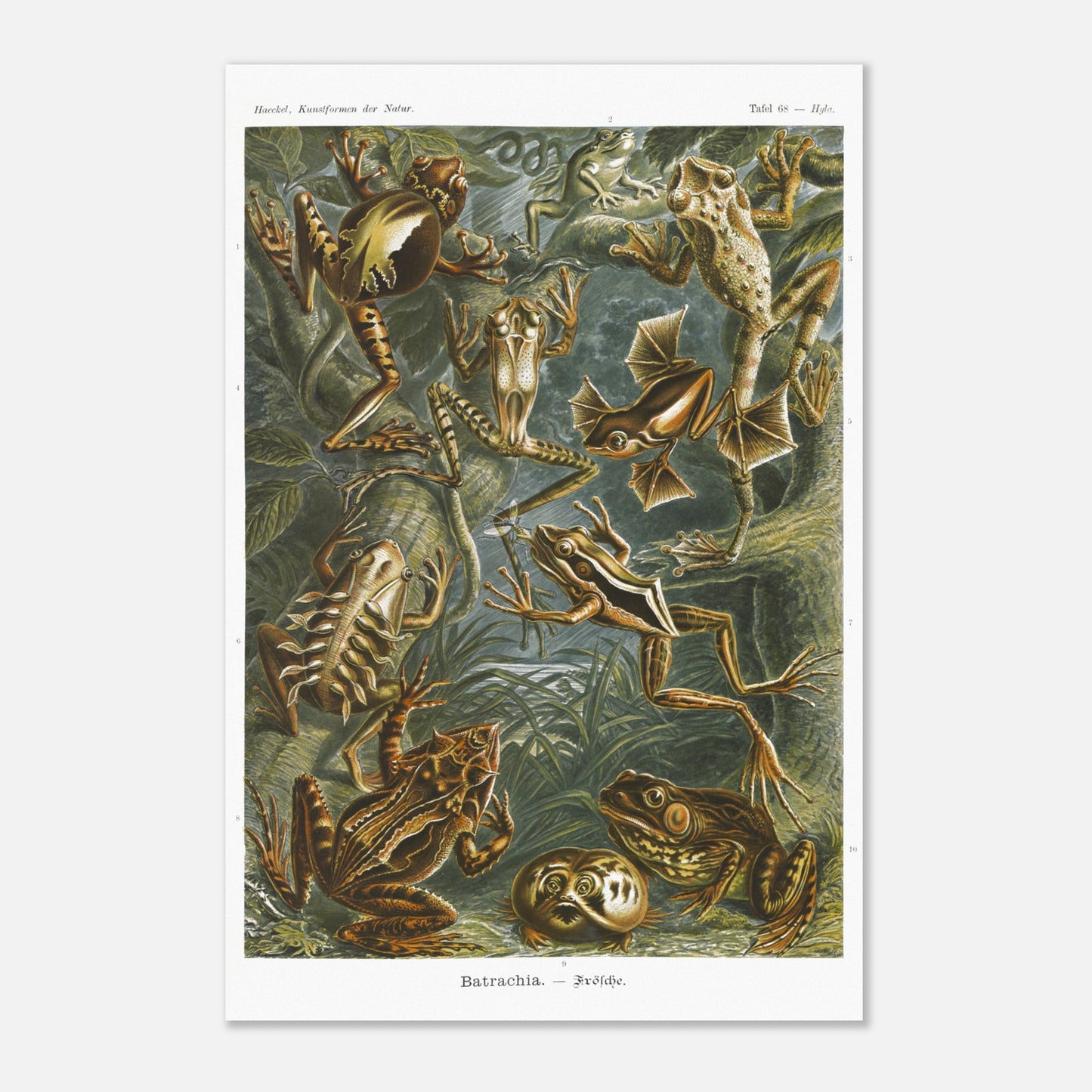
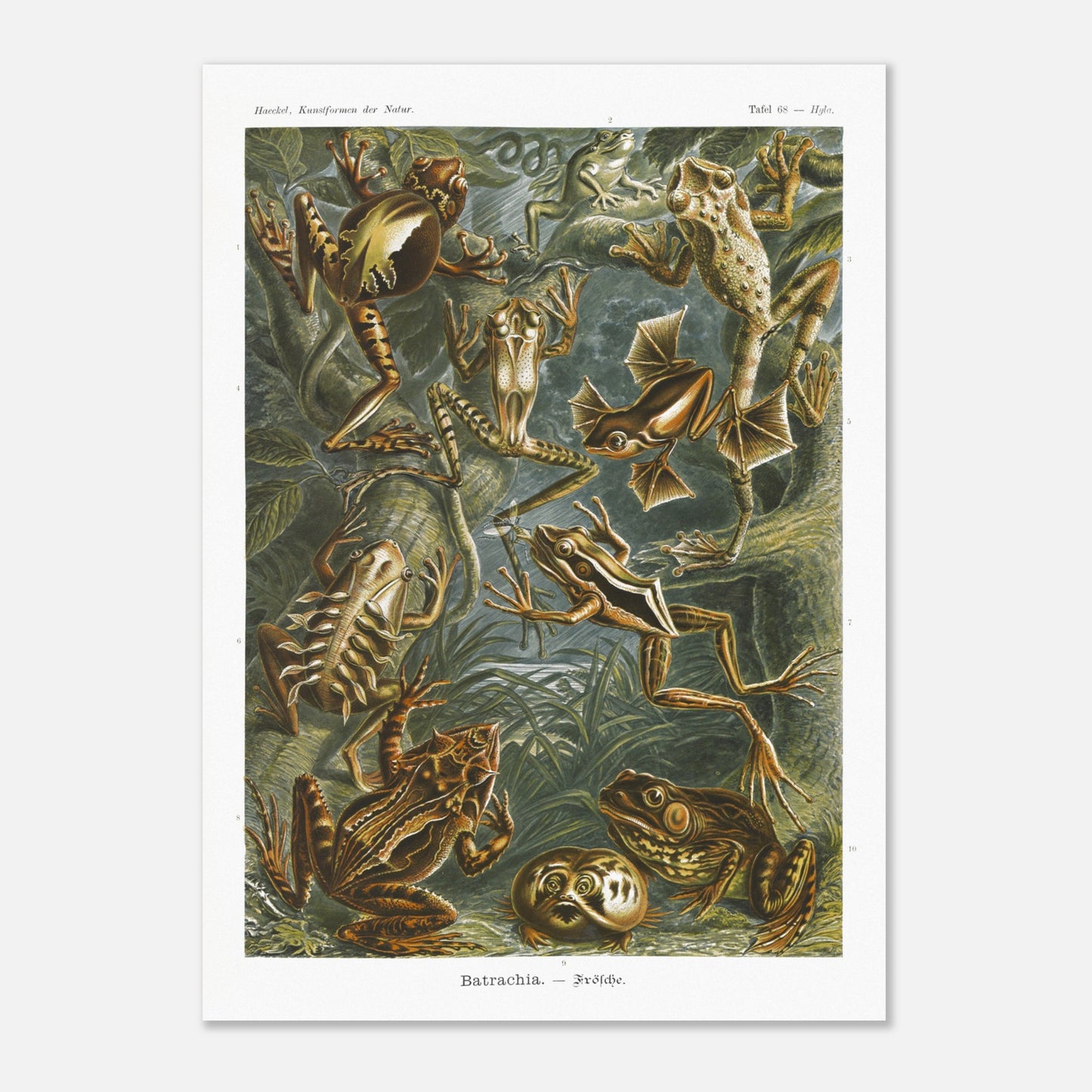
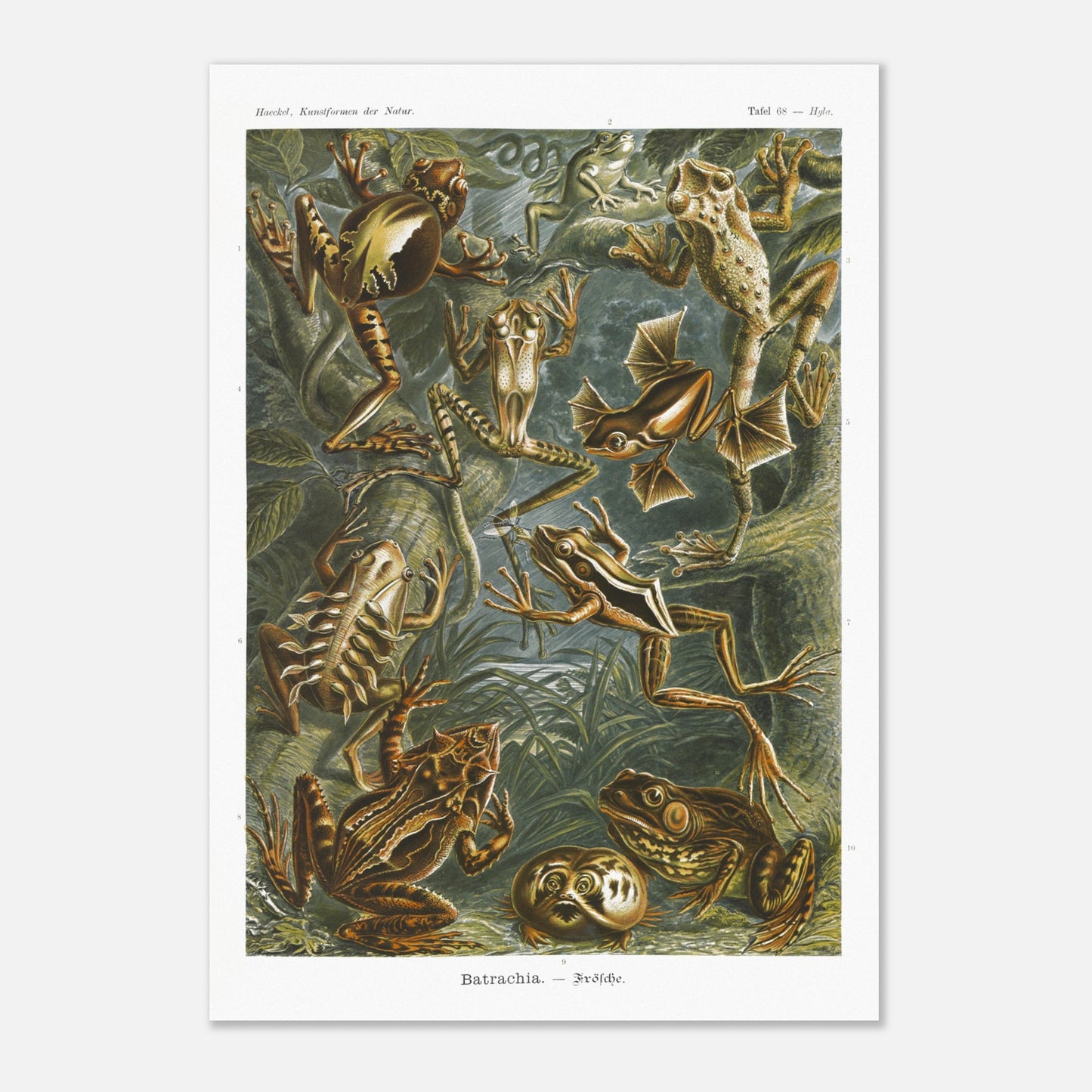
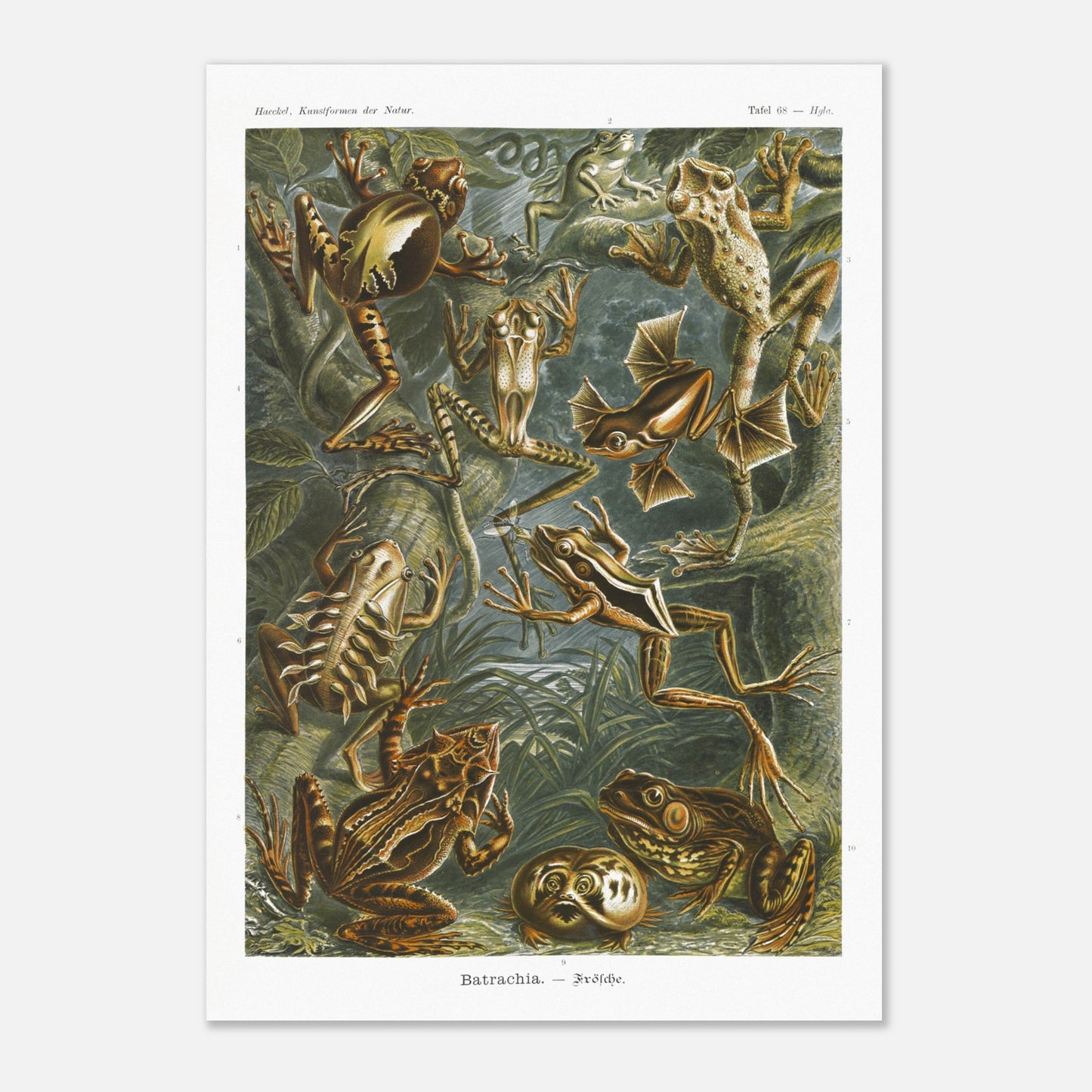
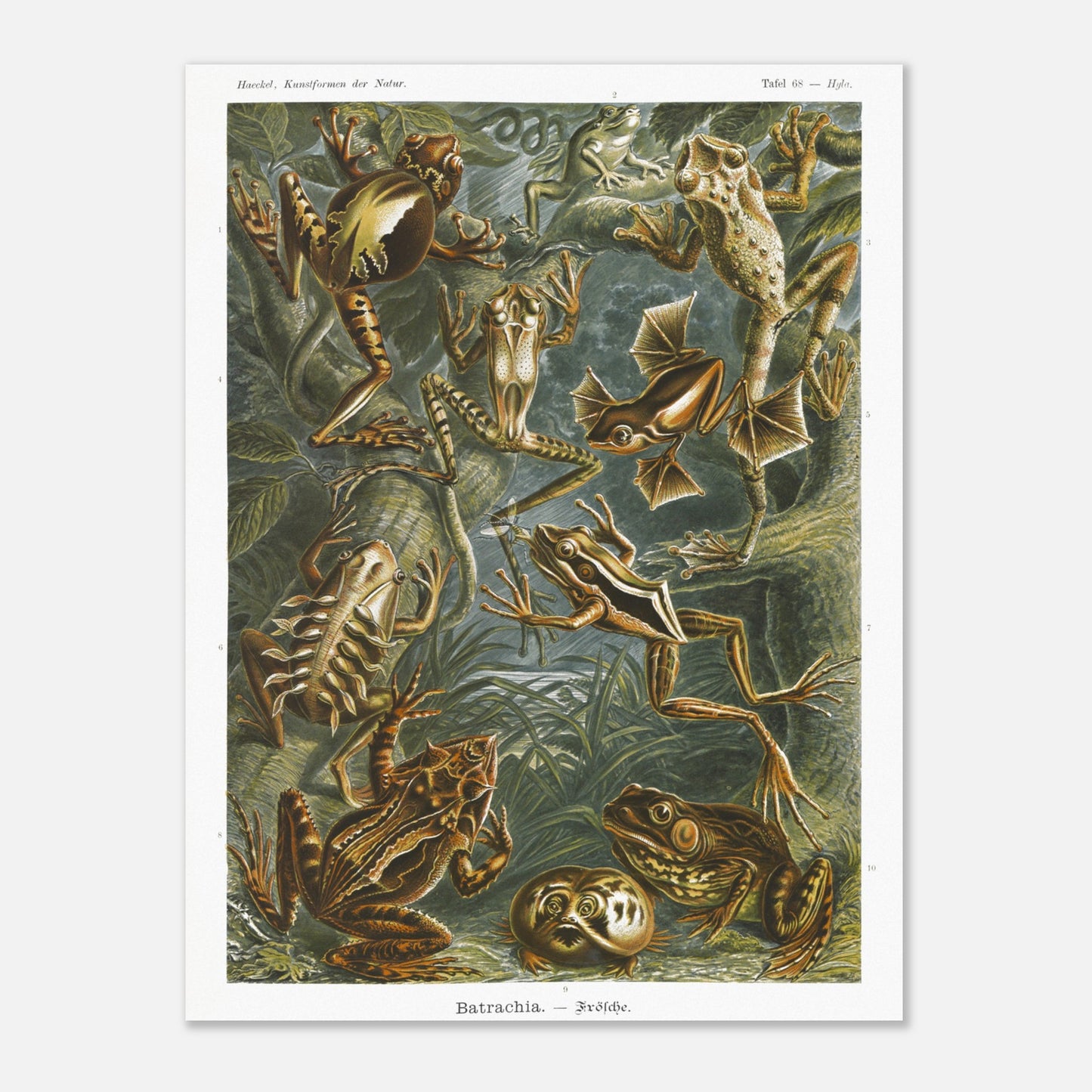
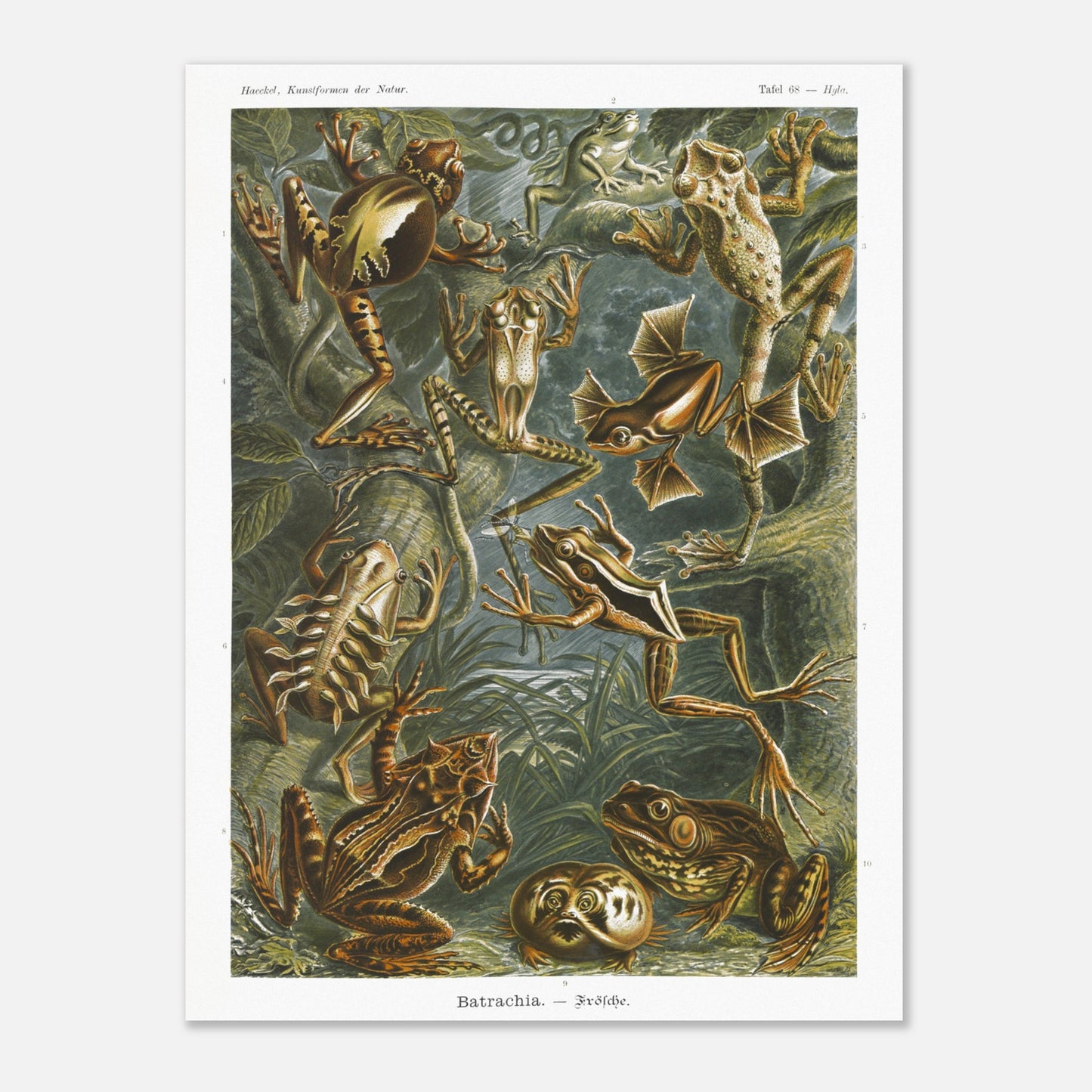
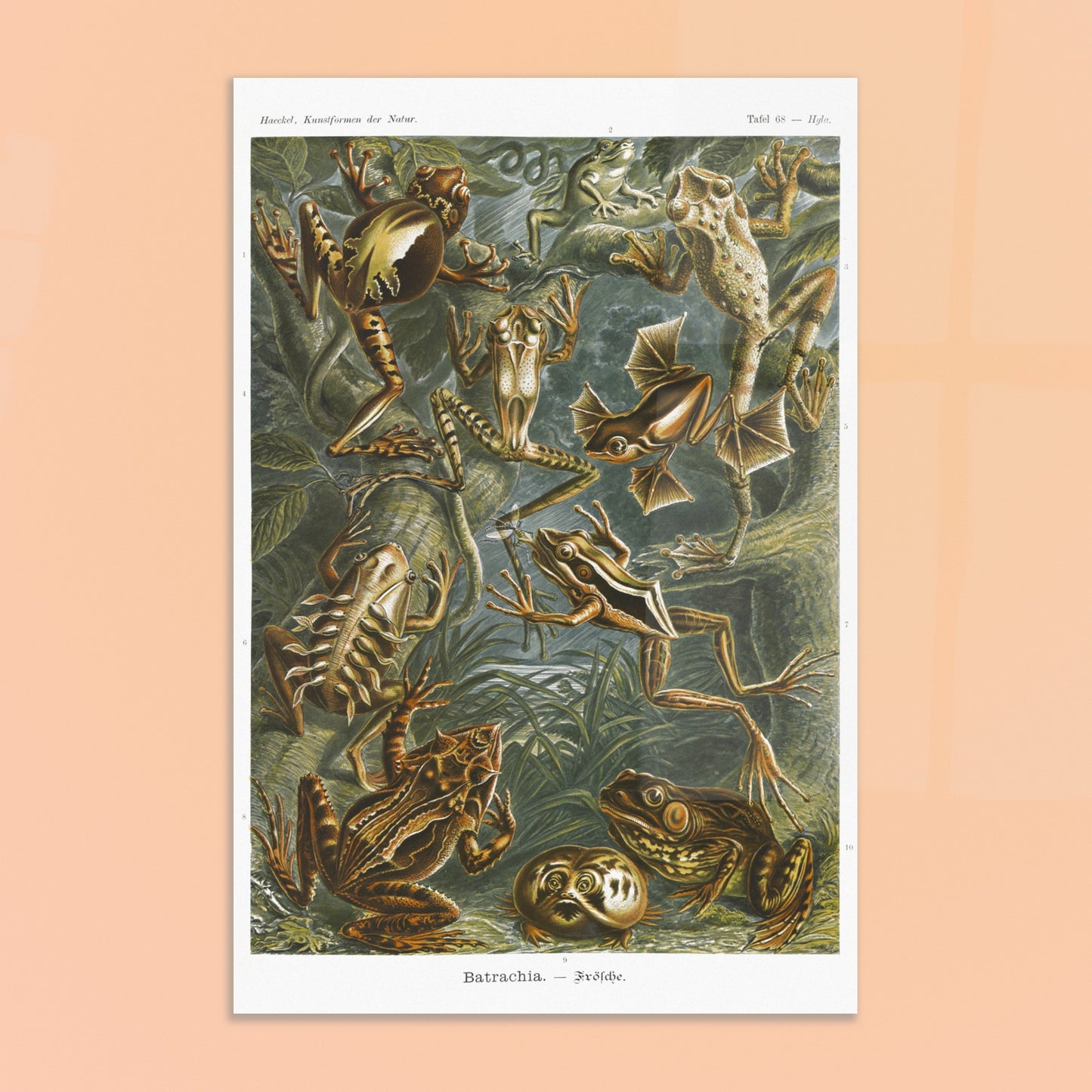
Recently viewed products
We are listening to you
If you are looking for a specific composition, a particular layout, or any other customization need, our team is at your disposal and will do everything possible to meet your requests.
So don't hesitate to...




